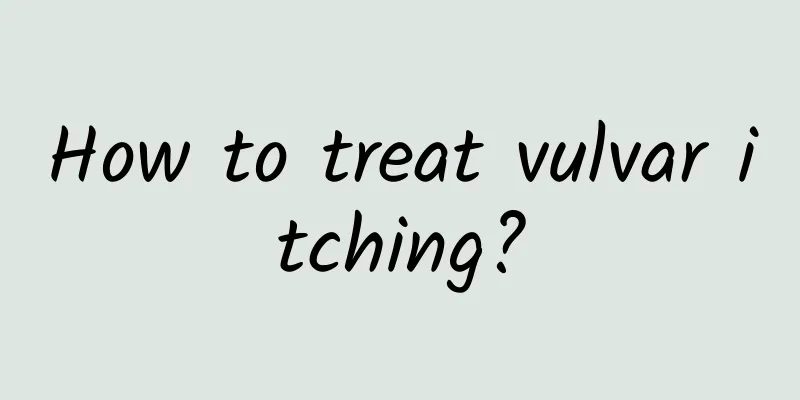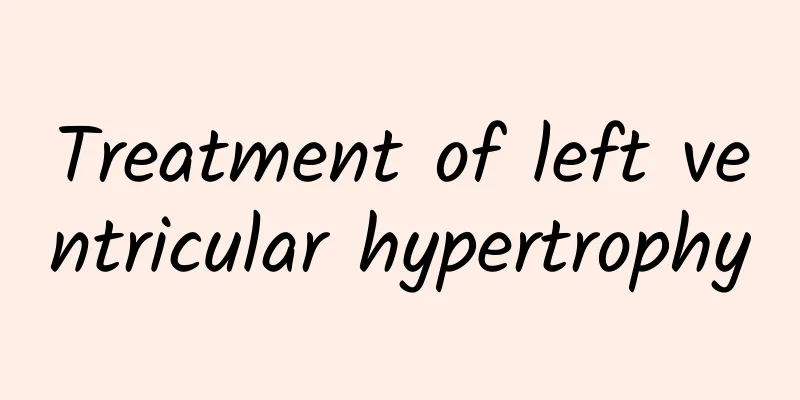How do splenic cysts form?

|
Splenic cysts are not particularly common in daily life, and there are many causes of splenic cysts. The most common ones are parasitic and non-parasitic splenic cysts, which are divided into true and false cysts. Therefore, when a splenic cyst occurs, you should go to the hospital for examination in time. If it is more serious, splenectomy should be used for treatment. Shunt surgery can also reduce portal hypertension. How do splenic cysts form? 1. Parasitic cyst infection is composed of hydatid cysts of the genus Echinococcus. The larvae enter the spleen through the blood and develop into parasitic cysts. The inner wall of the cyst is not lined with epithelium. The cyst contains parasite bodies or eggs and necrotic tissue. There may be splenic hydatid cysts, which often coexist with hepatic and pulmonary echinococcosis. It can be seen in livestock breeding areas in northern China. 2. Non-parasitic cysts include true cysts and pseudocysts. (1) True cysts include epidermoid cysts, dermoid cysts, vascular and lymphangiogenic cysts, etc. The difference between true cysts and pseudocysts is that the inner wall of the cyst is covered with flat, cubic or columnar epithelium. Among them, epidermoid cysts are more common in young people and are usually solitary. (2) Pseudocysts are more common than true cysts, accounting for about 80% of non-parasitic cysts. Most cysts are unilocular and may have a history of trauma. The cysts can be very large and the cyst wall is not covered with endothelial cells.The best way to treat spleen cysts 1. Splenectomy: When severe hypersplenism occurs in this disease, splenectomy should be considered. The prognosis after surgery varies depending on the site of obstruction and the surgical method. If the obstruction is in the splenic vein, the effect is better after resection and the patient can be cured. In cases with intrahepatic or portal vein lesions as the main lesions, bleeding may still occur after splenectomy, but the hypersplenism can be alleviated. 2. Shunt surgery: In order to alleviate portal hypertension, especially extrahepatic portal hypertension and esophageal varices, surgical treatment should be given. Diverting the high-pressure portal vein blood flow directly to the lower-pressure inferior vena cava system (portosystemic shunt) is actually an effective way to reduce portal vein pressure. In the early stages of this disease, liver function is normal and clinical recovery is achieved if surgical shunt is successful. Shunt surgery indications Health Search: (1) Age: For children aged 6 years and above, the diameter of the anastomotic blood vessels should be above 0.6 cm. (2) General condition: The child is in good general condition, with total plasma protein above 6 g and albumin above 3 g. (3) Medical history: Patients with more than two bleeding episodes, or one bleeding episode with splenomegaly or hypersplenism. (4) Obvious esophageal varices: Children with no history of vomiting blood may have obvious esophageal varices during examination. In recent years, due to the development of microsurgery, the success rate of small-caliber vascular anastomosis has increased significantly, and there have been successful reports of shunt surgery in infants and young children. The effect of shunt surgery for intrahepatic portal hypertension is not as good as that for extrahepatic portal hypertension. After portosystemic shunt surgery, some harmful substances can enter the systemic circulation directly without being detoxified by the liver, increasing the incidence of hepatic encephalopathy. 3. Conservative treatment: (1) Patients with liver cirrhosis: After successful surgery, they will no longer vomit blood, but their liver function will generally continue to decline and the prognosis will be poor. If cirrhosis has progressed to the point where liver cells are severely damaged and ascites or jaundice occurs, then considering the long-term effects, splenectomy has no practical therapeutic value and conservative treatment can be adopted. (2) Esophageal varices: Regarding the treatment of esophageal varices, emergency surgery is not recommended for patients with acute esophageal varicose vein rupture and bleeding. Conservative treatment using hemostatic drugs should be adopted. Vasopressin can be injected intravenously to constrict the visceral and hepatic arteries, thereby temporarily reducing portal pressure and stopping bleeding. Its side effects are hypertension, circulatory expansion and hyponatremia. |
<<: What should I check after 3 months of hysterectomy?
>>: What to do if there are small bumps on the uterus
Recommend
What to do if eczema becomes more severe
What should I do if eczema becomes more severe? T...
What to do if hemorrhoids bleed? An old Chinese doctor recommends a few small remedies
Sometimes, people have blood in their stools when...
What are the treatments for knee effusion?
Knee joint effusion can have many impacts on the ...
Pros and cons of tonsillectomy in children
Many children often suffer from tonsillitis since...
How to identify diseases by looking at tongue coating
Many people want to prepare for a rainy day, beca...
Where can massage relieve sore throat?
It is well known that traditional Chinese medicin...
Symptoms of stomach qi deficiency can be treated by two methods of TCM differentiation of syndromes:
Stomach qi deficiency is a condition that exists ...
Side effects and contraindications of ginseng peptide
As a nutritious and nourishing substance, ginseng...
The efficacy, function and edible method of Imperata root
Imperata root is a kind of Chinese medicine. Its ...
How to treat seasonal dermatitis
Seasonal dermatitis is a skin disease that change...
What are the treatments for dry eyes?
Our eyes are our only way to see the outside worl...
Symptoms of varicocele include these manifestations
Varicocele often has no obvious symptoms, but som...
What to do if a vein is broken
There are two types of blood vessels in our body:...
How to Exercise for Rheumatoid Arthritis?
Rheumatoid arthritis is a common disease. There a...
The last shot of rabies vaccine was not given
If you are bitten by a dog in daily life, you mus...









